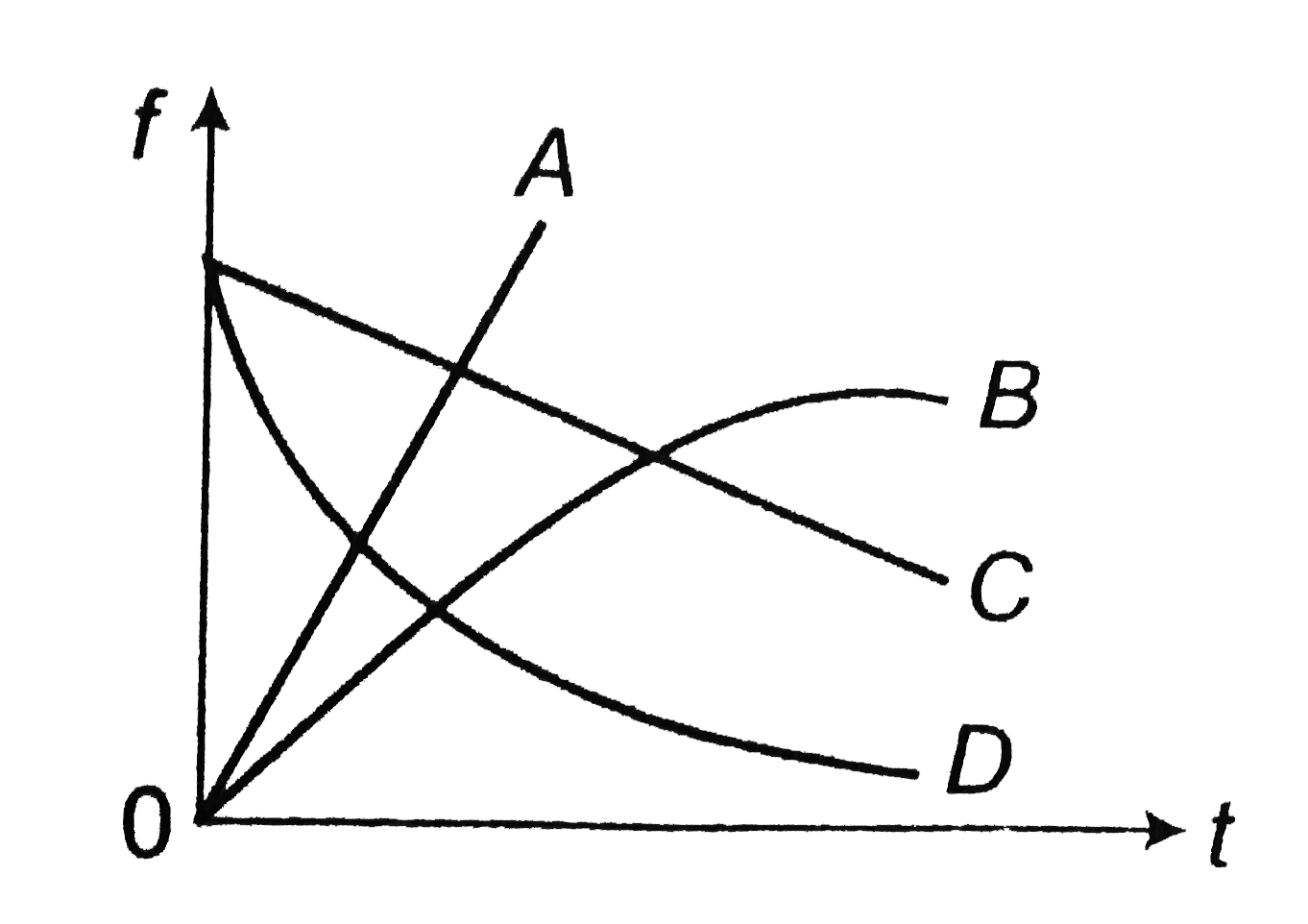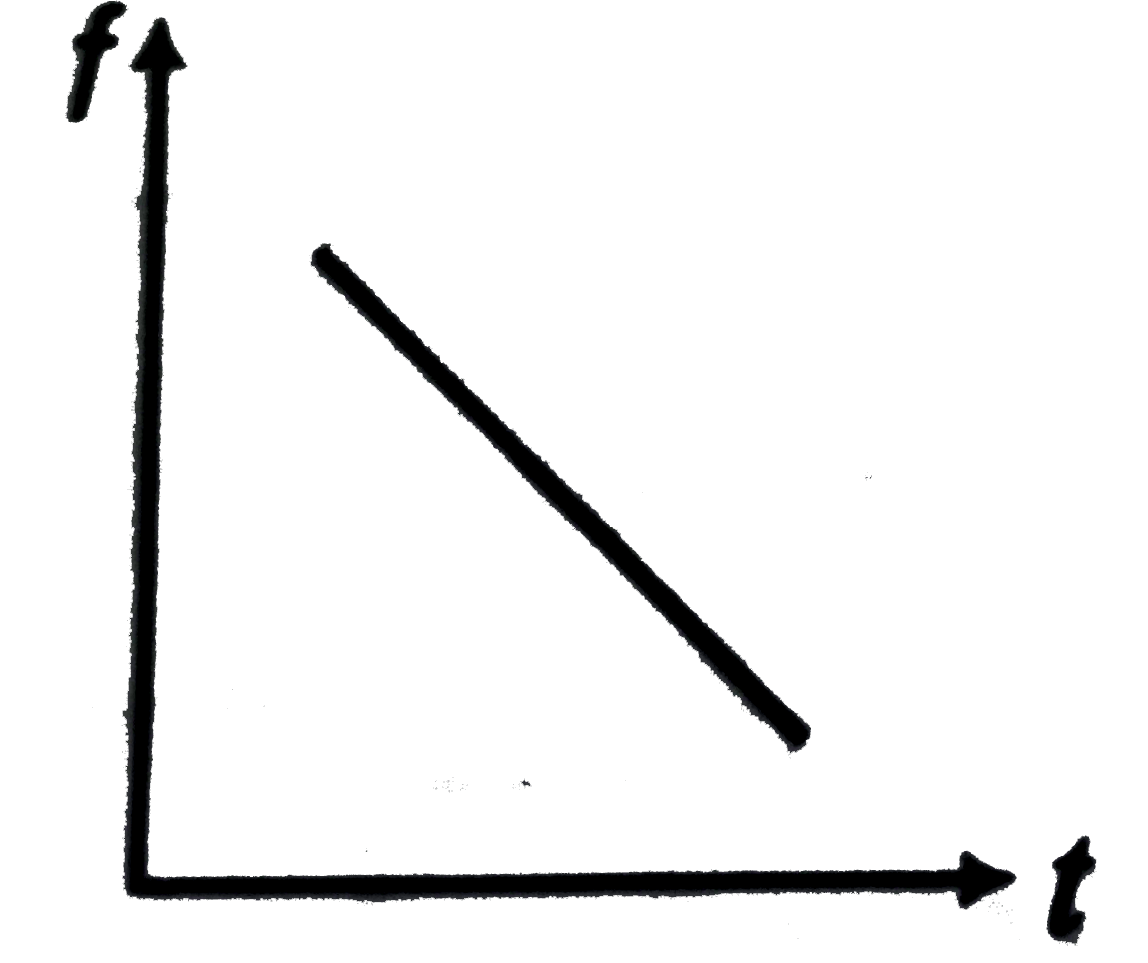The fraction f of radioactive material that has decayed in time t, varies with time t. The correct variation id given by the curve.
 .
.




The correct Answer is:C
Step by step video, text & image solution for The fraction f of radioactive material that has decayed in time t, varies with time t. The correct variation id given by the curve. . by Physics experts to help you in doubts & scoring excellent marks in Class 12 exams.
Updated on:21/07/2023Topper's Solved these Questions
Similar Questions
Knowledge Check
The fraction of a radioactive material which remains active after time t is 9/16. The fraction which remains active after time t/2 will be .
A45B78C35D3420% radioactive sample decay in time t. How much sample decay in time 2t ?
A40%B36%C44%D80%The equations dNdt=−λN and N=N0e−λt describes how the number N of undecayed atoms in a sample of radioactive material, which initially (at t=0) contained N0 undecayed atoms, varies with time t. Which one of the following statements about λ is correct ?
Aλδt gives the fraction of atoms present which will decay in the next small time interval δtBλ is the time needed for N to fall from N0 to the value N0/eCλ is the number of atoms left after a time equal to e second.Dλ is the chance that any one atom will still be undecayed after one second.
If T is the half-life of a radioactive material, then the fraction that would remain after a time T2 is
View SolutionA fraction f1 of a radioactive sample decays in one mean life, and a fraction f2 decays in one half life. Then
View SolutionThe deacy time t for radioactive element proceeds to 4 half-lives. The total decay time (t) in terms of average life (T) is given by:
View SolutionIf 'f' denotes the ratio of the number of nuclei decayed (Nd) to the number of nuclei at t=0(N0) then for a collection of radioactive nuclei, the rate of change of 'f' with respect to time is given as :
[λ is the radioactive decay constant]
View SolutionThe graph shows the log of activity (logR) of a radioactive material as a function of time t in minutes

The half -life (in minutes) for the decay is closest to
View Solution

